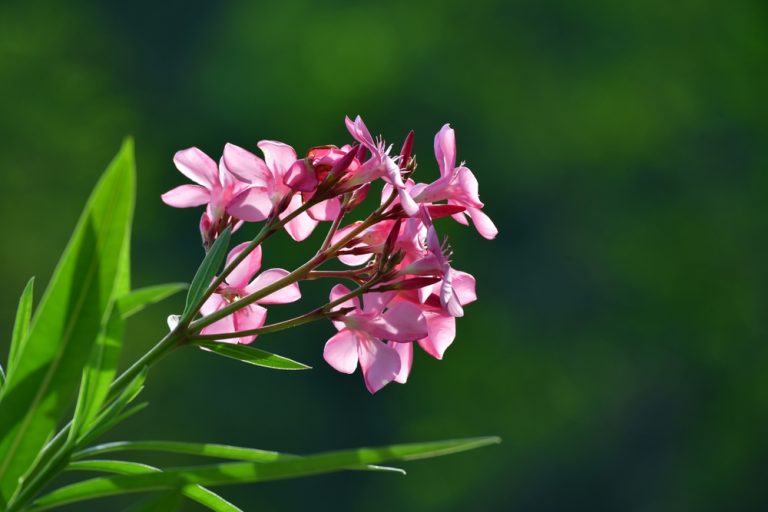Your backyard might seem like a peaceful oasis, but lurking among the blooms and greenery could be a lineup of silent assassins. Some of the prettiest plants are the ones you should be most wary of, hiding dangerous toxins behind their charming colors or sweet scents. Kids, pets, and even unsuspecting gardeners can easily fall…
